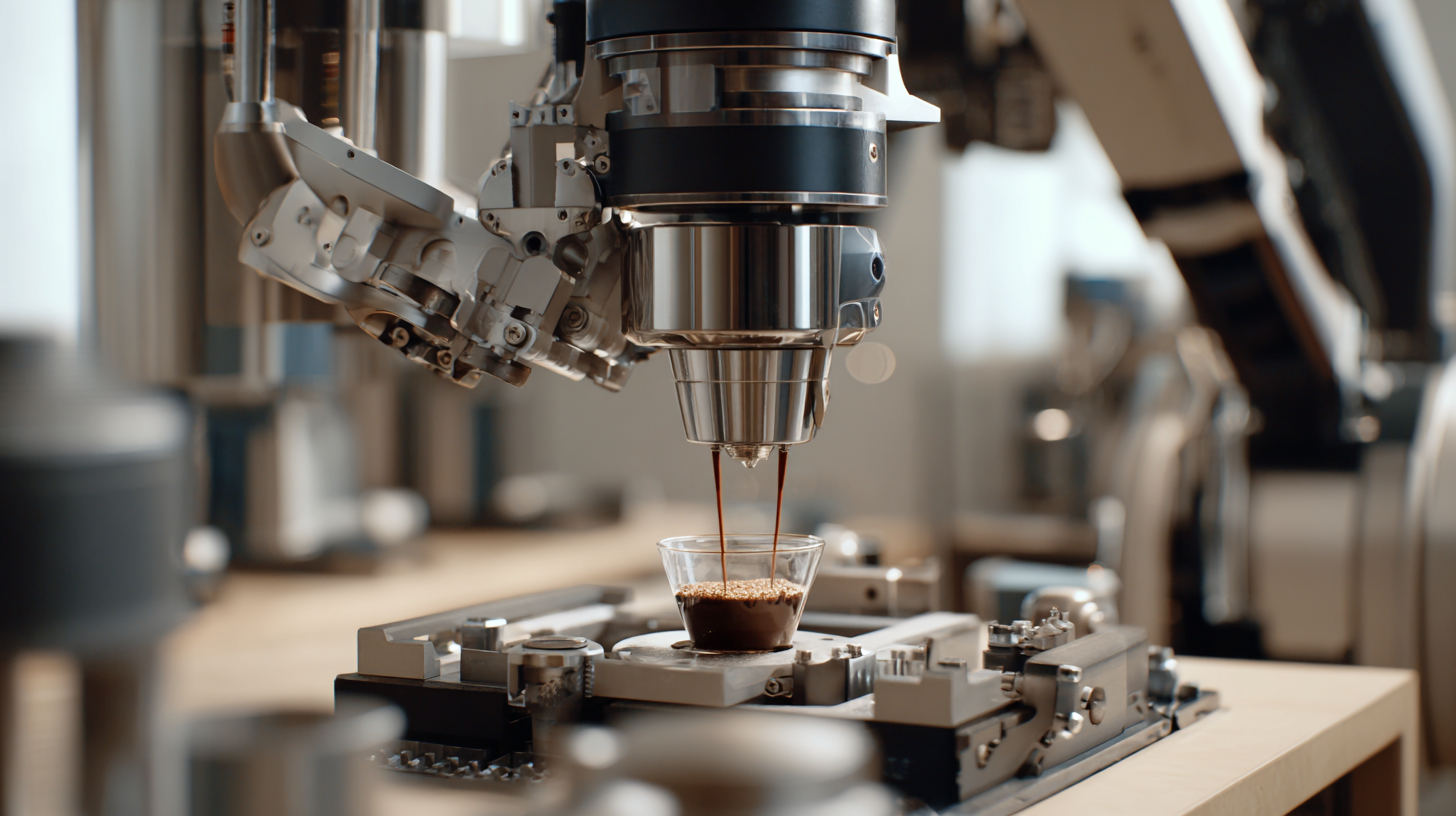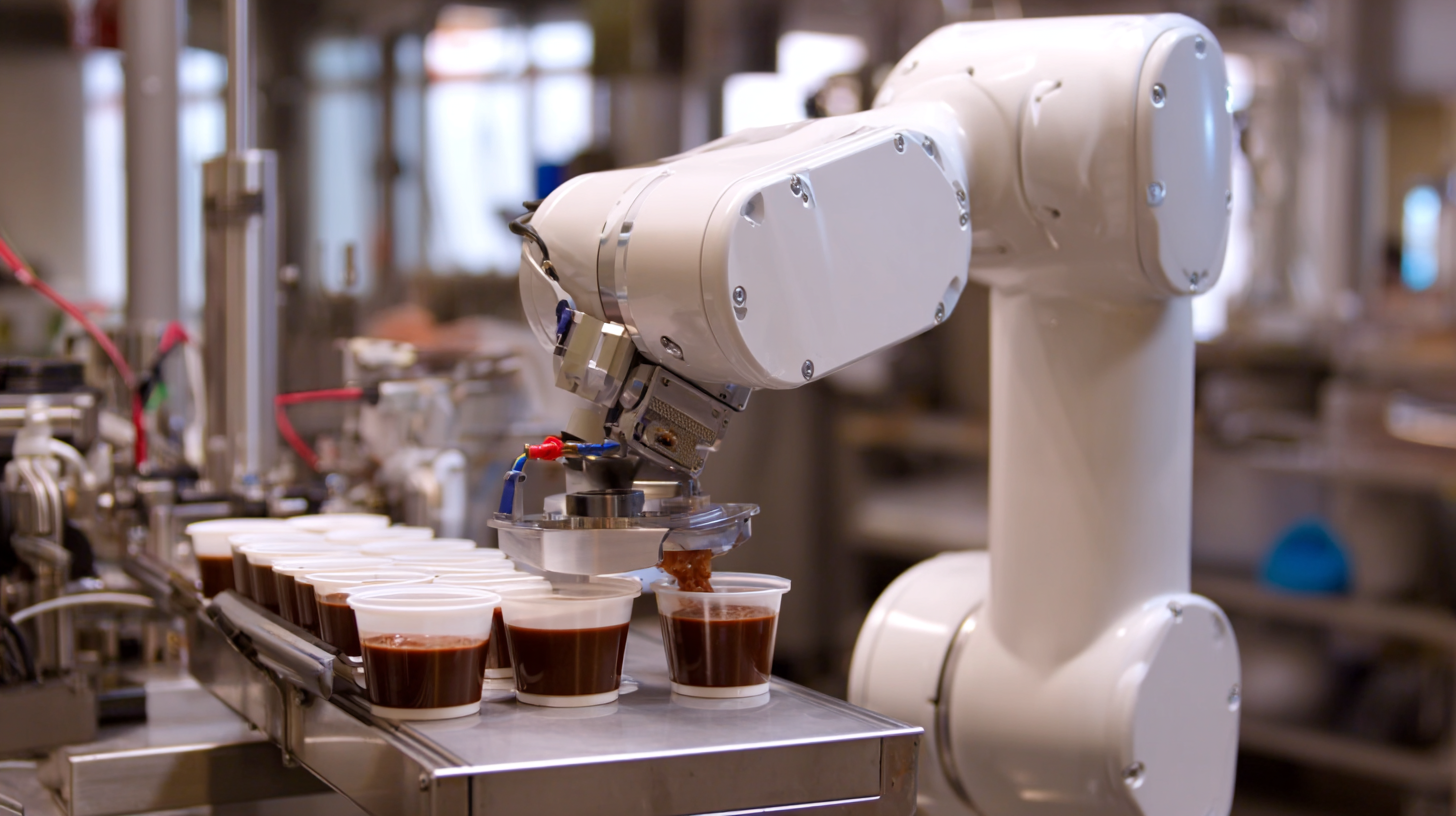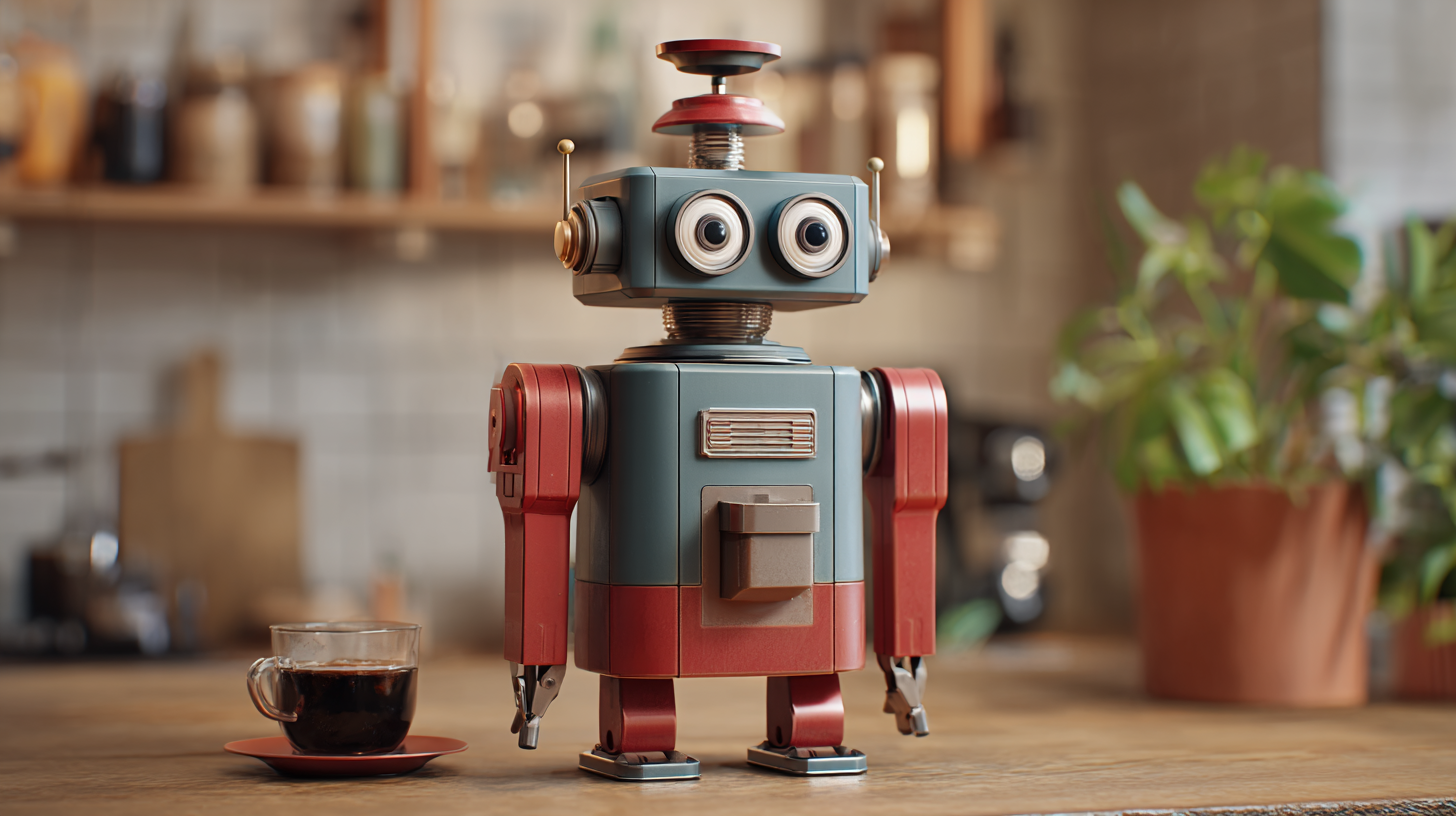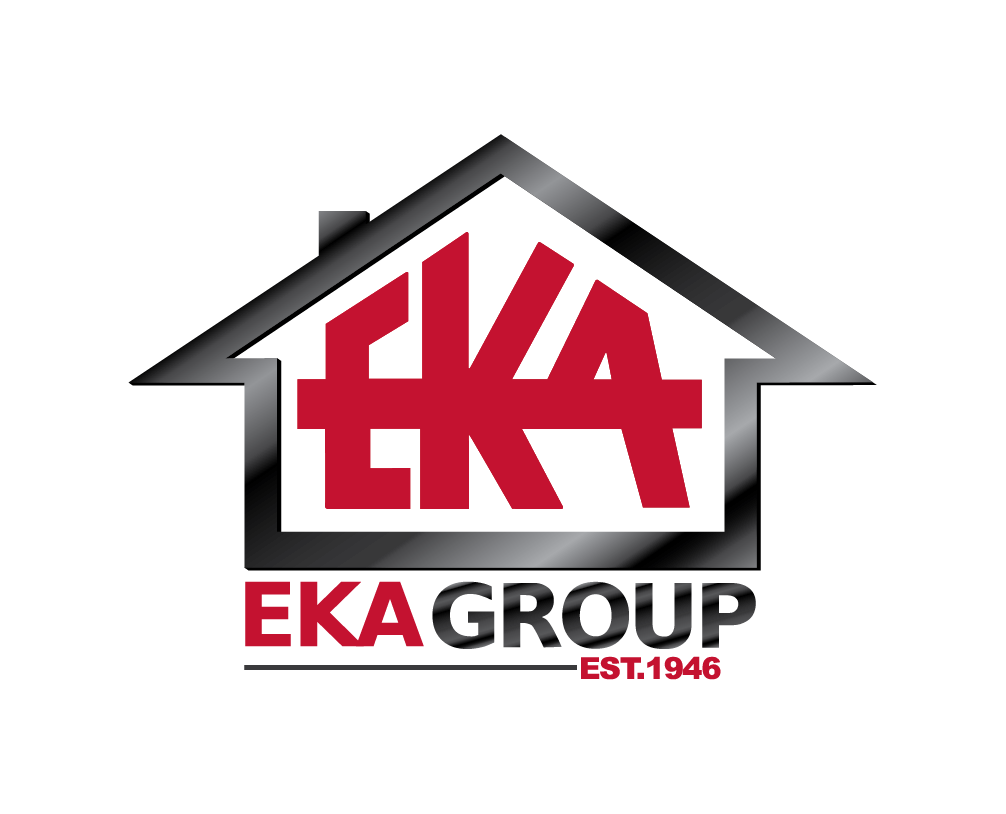
Revolutionizing Your Morning Brew: The Science Behind Coffee Robots and Automated Brewing
In today's fast-paced world, coffee has become more than just a morning ritual; it’s an essential part of daily life for millions. With a growing demand for convenience and quality, the coffee industry is witnessing a technological revolution characterized by the rise of innovative Coffee Robots. According to a recent report by the International Coffee Organization, global coffee consumption reached approximately 166.63 million bags in the 2021/2022 coffee year, underlining the necessity for solutions that enhance both efficiency and flavor in our brewing processes.
Experts like Dr. Emily Carter, a leading researcher in coffee technology, assert that "the integration of automation in coffee brewing not only streamlines the process but also elevates the sensory experience of the beverage." With advancements in artificial intelligence and robotics, Coffee Robots are now able to replicate the expertise of seasoned baristas, ensuring precision in every cup. Statistics from market research firm Allied Market Research highlight that the global coffee robots market is projected to reach over $1 billion by 2027, indicating a significant shift towards automated brewing systems. This introductory exploration will delve into the fascinating science behind Coffee Robots, offering tips on how these innovations can transform your morning brew into an exceptional experience.

Understanding the Basics of Automated Coffee Brewing Technologies
Automated coffee brewing technologies have significantly transformed the way we enjoy our morning cup of joe. With the global coffee machine market expected to grow from $7.05 billion in 2023 to $7.36 billion in 2024, and with a projected compound annual growth rate of 5.10% through 2031, understanding the fundamentals of these technologies becomes essential. The rise in home coffee brewing, fueled by increasing consumer demand, has led to the innovation of various automated systems, such as drip coffee makers, espresso machines, and capsule machines.
When considering an automated coffee machine, it's vital to keep a few tips in mind. First, evaluate your brewing style — whether you prefer manual, semi-automatic, or fully automatic options, each type offers unique benefits. Second, consider the maintenance requirements; machines that are easier to clean can enhance your daily brewing experience. Lastly, think about the versatility of the machine in making different coffee styles, as many machines now come equipped with features that allow you to craft a variety of beverages at home.
Understanding the basic mechanics of these automated machines, from heating systems to grinding technologies, will help you make an informed decision that caters to both your taste and lifestyle. The convenience of automated brewing, combined with a growing passion for high-quality coffee, challenges traditional brewing methods and enhances our daily rituals.

Exploring the Role of AI in Coffee Recipe Customization
The rise of AI in various sectors is transforming traditional practices, and the coffee industry is no exception. With the increasing demand for personalized experiences, AI plays a crucial role in coffee recipe customization, enabling enthusiasts to tailor their brews based on individual preferences. According to a recent report, 2024 saw a significant shift towards AI-driven solutions in consumer products, with downloadable AI applications reaching an unprecedented 110 million in Asia alone, showcasing the appetite for intelligent, personalized experiences.
Additionally, AI's capabilities extend beyond mere customization; it also enhances automation in the brewing process. By employing machine learning algorithms, coffee robots can analyze user data and consistently recreate complex coffee recipes with precision. The strategic partnership between AI platforms indicates a broader trend where AI is not just about automation but also about enriching the creative aspects of brewing. As the coffee sector embraces these technologies, we may witness even more innovative ways to engage consumers and elevate their morning rituals.

The Benefits of Using Coffee Robots for Consistent Flavor Profiles
The rapid advancement of technology has led to the emergence of coffee robots that are transforming the way we brew our favorite morning beverage. One of the most significant advantages of using these automated systems is their ability to achieve consistent flavor profiles. Unlike traditional manual brewing methods, which can be influenced by variations in technique, pressure, and temperature, coffee robots are programmed to replicate the exact brewing parameters every time. This precision ensures that coffee enthusiasts can enjoy a reliable taste experience with each cup they brew.
Moreover, coffee robots can easily be customized to suit individual preferences, allowing users to experiment with different brewing methods and recipe adjustments. This adaptability means that whether someone favors a bold espresso or a delicate pour-over, a coffee robot can be fine-tuned to produce the desired flavor notes consistently. By eliminating the variables that often lead to inconsistent results, these machines not only elevate the quality of coffee but also empower users to explore the nuances of their favorite beans, ultimately enhancing their overall coffee enjoyment.
How to Choose the Right Coffee Robot for Your Home Setup
When it comes to choosing the right coffee robot for your home setup, understanding your brewing needs and preferences is crucial. According to a recent report from the Specialty Coffee Association, around 70% of coffee consumers in the U.S. prefer brewing at home, driven by the desire for quality and convenience. With advancements in technology, coffee robots now offer features such as programmable brewing, precise temperature control, and the ability to customize grind sizes, making it easier than ever to replicate café-quality coffee at home.
When assessing various models, consider the type of coffee you typically enjoy—espresso, drip, or specialty brews—as certain machines perform better with specific methods. Data from the International Coffee Organization indicates a growing trend in espresso consumption, which has prompted manufacturers to focus on efficiency and user-friendly designs. Additionally, if space and ease of use are priorities, compact machines with built-in grinders and milk frothers can simplify the brewing process without compromising on taste or flavor. By evaluating your personal coffee habits and the advanced features available, you can select a coffee robot that not only meets your needs but also enhances your daily brewing ritual.
Revolutionizing Your Morning Brew: The Science Behind Coffee Robots and Automated Brewing
| Feature | Description | Price Range | Ease of Use | Ideal For |
|---|---|---|---|---|
| Fully Automatic | Allows for one-touch brewing with programmable settings for various coffee types. | $300 - $1000 | Very Easy | Busy professionals |
| Single Serve | Brews one cup at a time with options for pod or ground coffee. | $50 - $200 | Easy | Individuals or small households |
| Drip Coffee Maker | Classic brewing method that produces large quantities, suitable for entertaining. | $30 - $300 | Moderate | Families or groups |
| Espresso Machine | Used to make espresso and espresso-based drinks like lattes and cappuccinos. | $200 - $2000 | Challenging | Coffee enthusiasts |
| French Press | Manual method that allows for custom brewing time and strength. | $10 - $50 | Easy | Casual drinkers |
Maintaining and Troubleshooting Your Automated Coffee Brewing System
When integrating automated coffee brewing systems into your morning routine, understanding maintenance and troubleshooting techniques is crucial for optimal performance. Regular cleaning is essential, as coffee residues can build up and affect the taste of your brew. Many modern coffee robots have self-cleaning features, but it's still important to run manual cleaning cycles with a suitable descaling solution periodically. Pay attention to components like the brew group, which should be removed and rinsed under warm water to maintain the integrity of flavors.
In addition to cleaning, being able to identify and resolve common issues can enhance your experience with automated coffee brewing systems. If your coffee isn’t brewing properly, check for clogs in the coffee grounds container or ensure that the water reservoir is filled adequately. Additionally, monitor the brewing temperature; inconsistent temperatures can lead to under-extraction or over-extraction of flavors. Familiarizing yourself with the user manual can provide insights into specific error codes and maintenance schedules that are unique to your machine, enabling you to troubleshoot effectively and enjoy seamless coffee automation.

